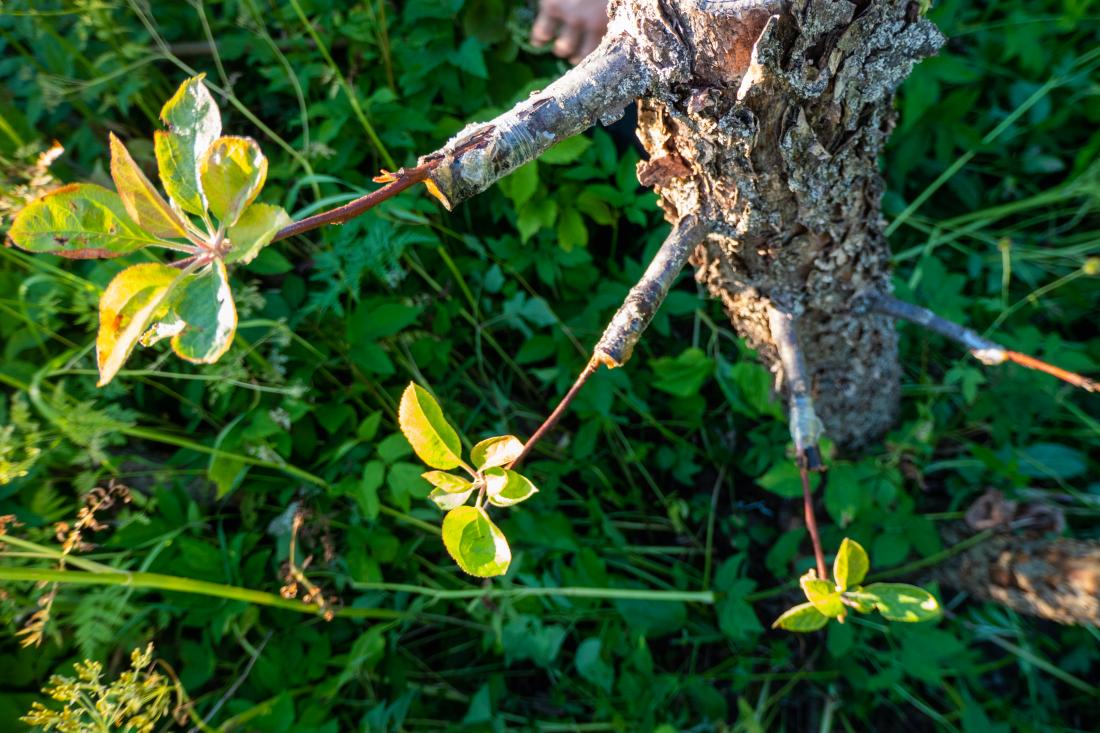ARTOLIO presents: An introduction to grafting in the olive groves

Olive oil is a staple in many kitchens around the world, and the production of this beloved oil is heavily dependent on the health and productivity of olive trees. One of the key ways that olive tree growers ensure the success of their crops is through the use of grafts.
Grafting is a horticultural technique that involves joining a piece of one plant (the “scion”) to another plant (the “rootstock”), so that the two plants grow as one. In the case of olive trees, the scion is a young, healthy olive tree variety that is known for its high-quality fruit and oil production, while the rootstock is an older, hardy olive tree that is resistant to disease and pests.
The process of grafting is relatively simple. First, the grower selects a healthy, vigorous scion that is at the correct stage of growth. They then carefully cut the scion and the rootstock so that they fit together snugly, and bind the two plants together with tape or twine. Over time, the scion and rootstock fuse together, creating a single, strong olive tree that is capable of producing high-quality fruit and oil.
There are many benefits to grafting olive trees. For one, it allows growers to take advantage of the best qualities of different olive tree varieties. For example, a scion that is known for its high oil content can be grafted onto a rootstock that is resistant to a particular disease, resulting in an olive tree that is both high-yielding and disease-resistant.
Grafting also allows growers to quickly establish new olive groves, as they can simply use existing rootstock and scion to create mature, productive olive trees in a matter of just a few years.
Another benefit of grafting is that it can help to preserve endangered olive tree varieties. By grafting these rare varieties onto hardy rootstock, growers can ensure that these trees will survive and continue to produce high-quality fruit and oil.
However, despite the many benefits of grafting, there are also a few potential downsides to keep in mind. For one, grafting can be a time-consuming and labor-intensive process, which can make it pricier than other methods of olive tree propagation. Additionally, there is always a risk that the graft will fail, resulting in a weak or unproductive tree.
Despite these potential downsides, however, many olive tree growers find that the benefits of grafting outweigh the risks. With careful planning and execution, grafting can be an effective way to produce high-quality olive oil and ensure the long-term health and productivity of olive trees.









